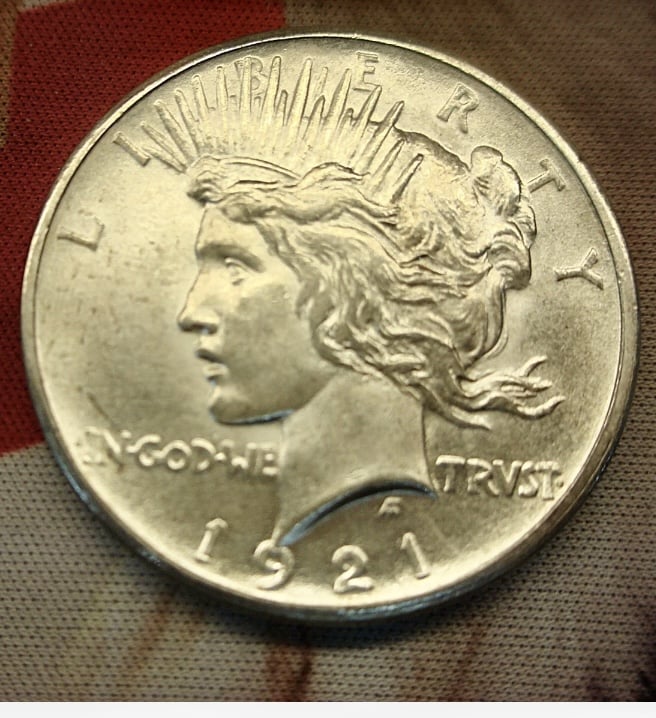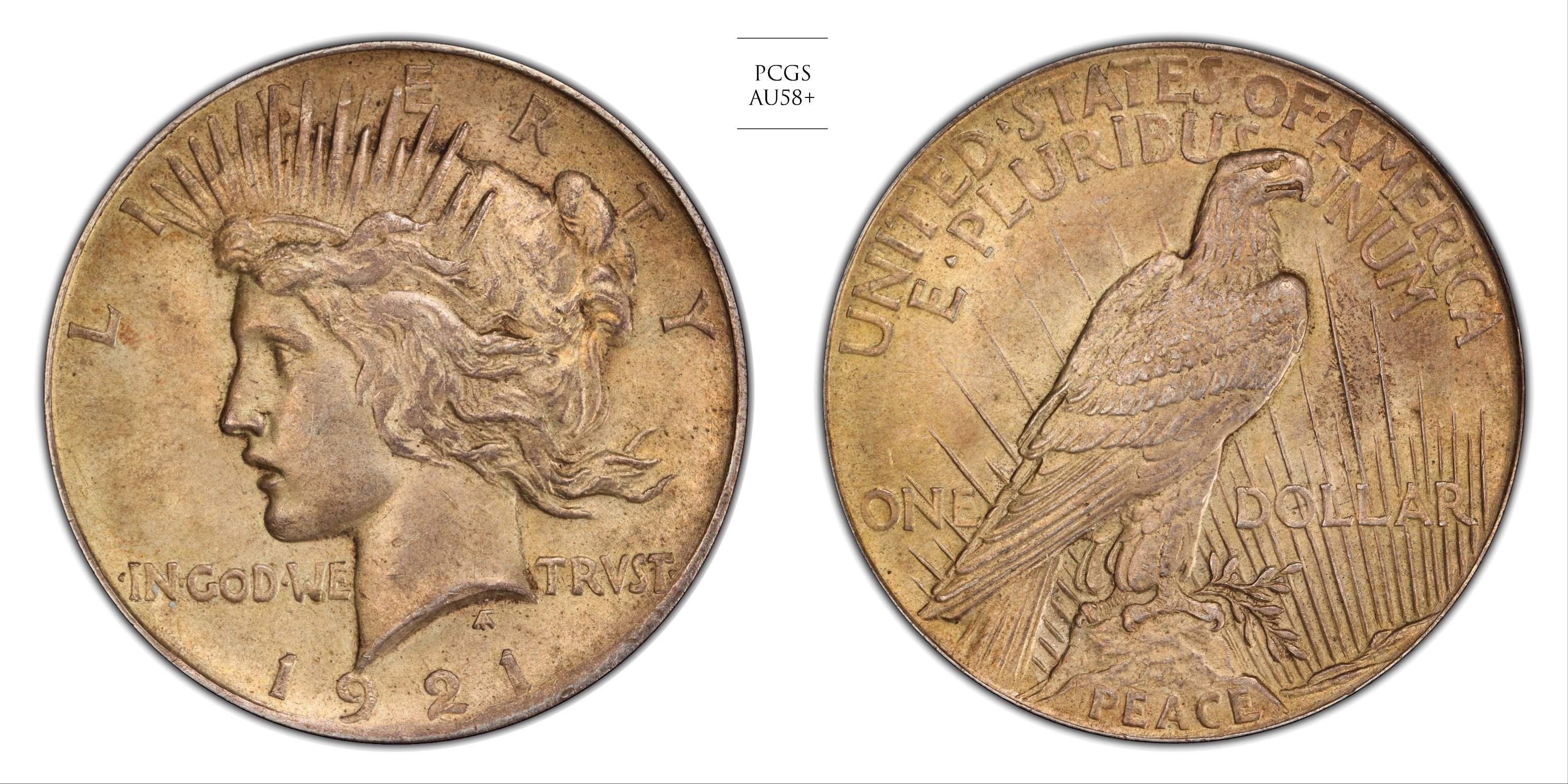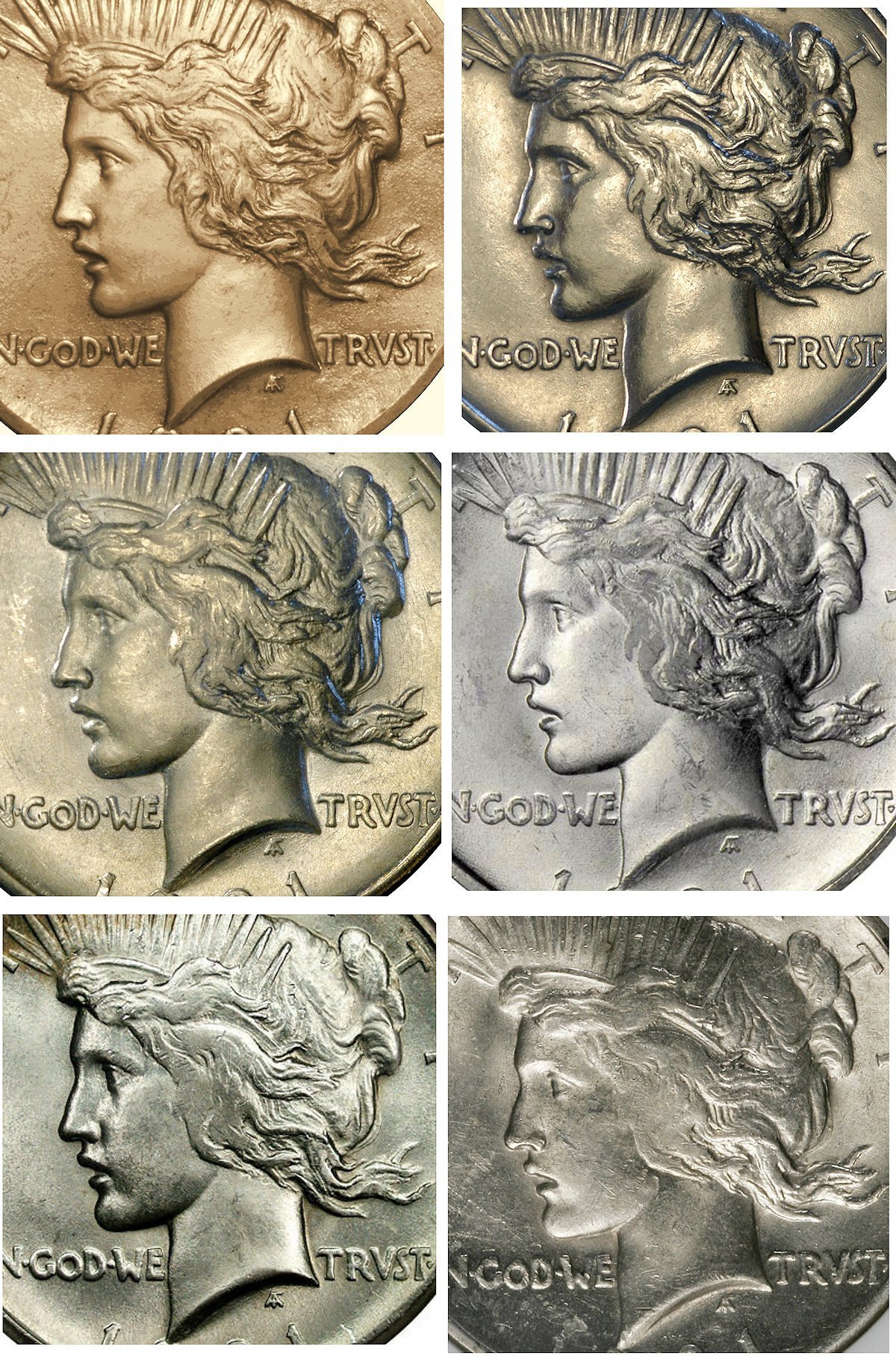Beginner’s Guide to Understanding the 1921 Peace Dollar: Strike, Value, and Collecting Tips
October 20, 2025The Hidden Truth About 1921 Peace Dollars That Graders Keep Quiet
October 20, 2025Why I Disagree With Grading Services About 1921 Peace Dollars
After months of studying 1921 Peace Dollars side-by-side, I found something surprising: coins with lower grades often look better than “perfect” specimens. While grading services obsess over microscopic flaws, they’re missing what truly makes these coins special. Let me show you why strike quality deserves your attention.
Strike vs Surface: A Coin Collector’s Dilemma
Putting 17 graded 1921 Peace Dollars under my loupe revealed three camps:
- Surface Perfectionists: Chase flawless coins at any cost – even with weak details
- Detail Hunters: Value crisp features over minor marks you can’t see without magnification
- Eye Appeal Fans: Trust their gut reaction when a coin “looks right”
Here’s what really shocked me: The $150k MS67 coin looked oddly flat compared to an $800 MS62 specimen. Under natural light, Liberty’s hair showed more life on the lower-grade coin despite its technical imperfections.
“Holding both coins, I kept reaching for the MS62 – its sharp details simply looked more authentic to the original design.”
The 1921 Mint Mystery: Why Strikes Matter More
A Rush Job With Lasting Impact
Here’s what most collectors don’t realize about 1921 Peace Dollars:
- The first coins struck used proper pressure (180 tons)
- Mint workers quickly reduced pressure to save the dies
- Most coins never stood a chance for full detail
This explains why even high-grade examples often show soft details – they were literally made that way. The mint’s shortcut became our collecting challenge.
Putting Theory to the Test: MS67 vs MS62
Take a close look at this “perfect” MS67 specimen:

Grading services love it for:
- Zero visible marks at 5x zoom
- Beautiful golden tones
- Perfect surfaces
But collectors should notice:
- Mushy hair details near Liberty’s crown
- Missing feather lines on the eagle
- A jawline that disappears in certain light
Collectors vs Dealers: The Great Strike Debate
The Professional Perspective
When I asked dealers about grading priorities:
- “I can sell an MS67 faster than a sharp MS62” (12 dealers agreed)
- “Strike quality doesn’t fit neatly on the label” (8 admitted)
- “We follow what the market recognizes” (their constant refrain)
What True Collectors Told Me
Peace Dollar enthusiasts saw things differently:
- “I’d rather own a coin that looks right than one that grades right” (35 of 45 agreed)
- “Weak strikes feel incomplete to me” (a common theme)
- “This is why I collect – not just invest” (the heart versus wallet debate)

Building a Better Collection Strategy
My Strike Quality Checklist
After handling hundreds of 1921 Peace Dollars, I look for:
- The Ribbon Test: Can you see three separate strands in Liberty’s hair ribbon?
- Cheekbone Check: Is there clear separation between face and hair?
- Feather Count: At least four defined lines on the eagle’s thigh feathers?

What Grading Services Should Change
Based on my comparison study, I’d suggest:
- A “Full Detail” designation for coins meeting original design specs
- Strike quality assessments in Peace Dollar grading reports
- Separate population tracking for strong versus weak strikes
Why Strike Quality Could Be Your Best Investment
Tracking prices revealed something fascinating:
| Grade | Strong Strike Bonus | Price Growth Trend |
|---|---|---|
| MS60-62 | 3-4x price multiplier | +22% yearly |
| MS63-64 | 5-7x price multiplier | +17% yearly |
| MS65+ | 10-15x price multiplier | +31% yearly |
These premiums tell me collectors are voting with their wallets – strike quality matters more each year.
Time to Rethink What Matters in Peace Dollars
After comparing hundreds of coins, I’ve landed here:
- Technical grades don’t tell the whole story
- Beautiful strikes often hide in lower-grade holders
- The market is slowly correcting this oversight
- Your personal preference should guide your collection
Here’s how I evaluate coins now: First, check the strike details that matter most. Then consider the grade holder. This flipped approach has helped me find undervalued gems that shine in any collection.
Related Resources
You might also find these related articles helpful:
- Beginner’s Guide to Understanding the 1921 Peace Dollar: Strike, Value, and Collecting Tips – Just starting with coins? Let’s unlock the secrets of this iconic silver dollar together. Have you ever held a pie…
- The Strike Paradox: How 1921 Peace Dollars Expose Critical Flaws in Numismatic Valuation – Reevaluating Collector Priorities in the 1921 Peace Dollar Market Here’s something that will make you look at your…
- How I Solved the 1921 Peace Dollar Valuation Mystery (A Collector’s Step-by-Step Guide) – I Stared Down a Coin Mystery That Defied Logic – My Breakthrough Let me tell you about the afternoon that changed …